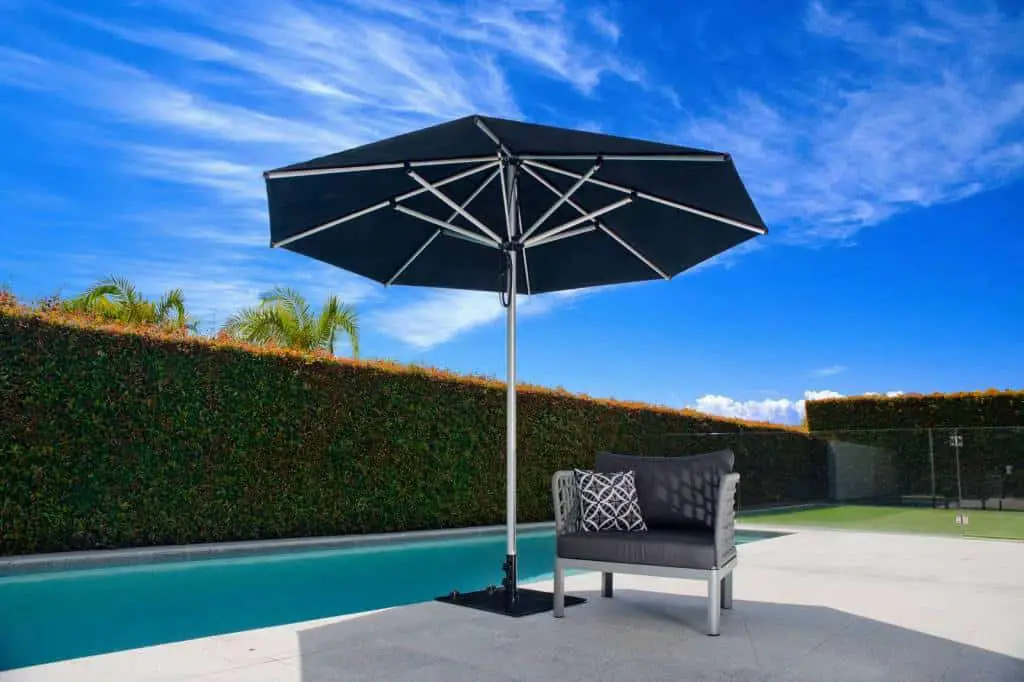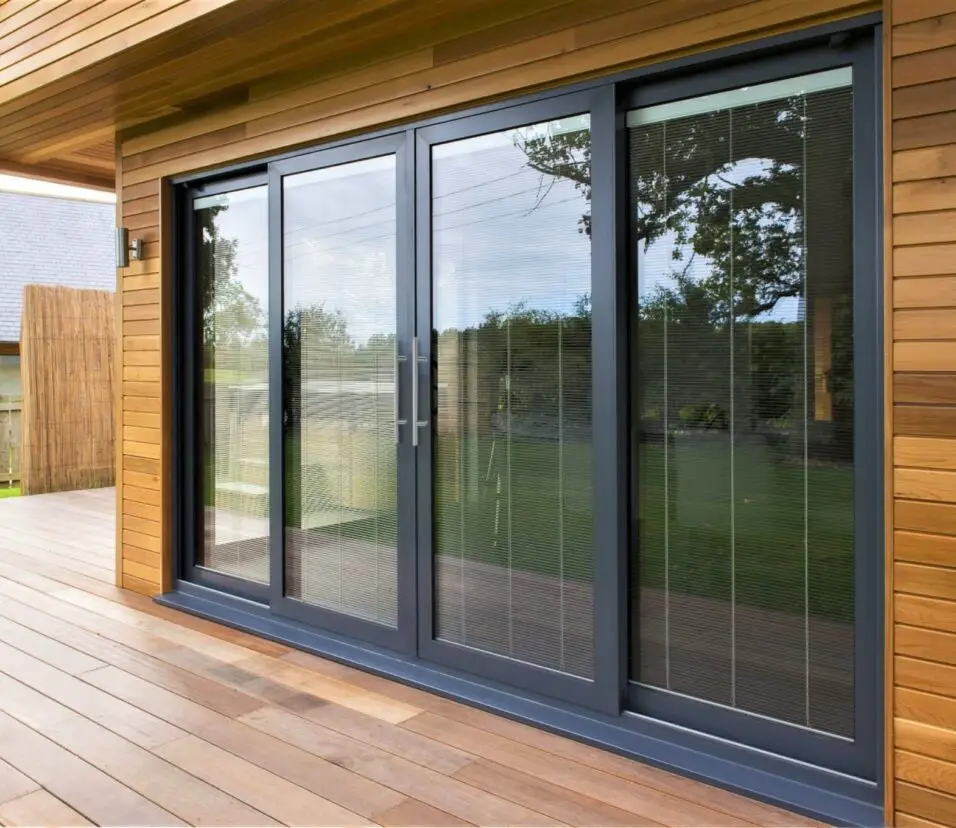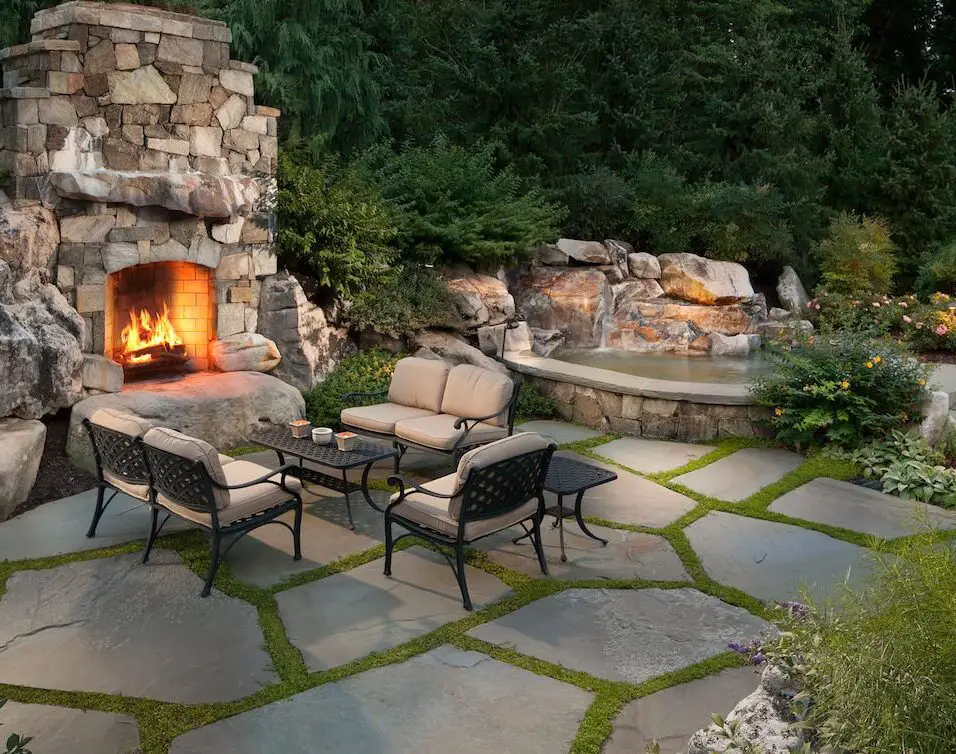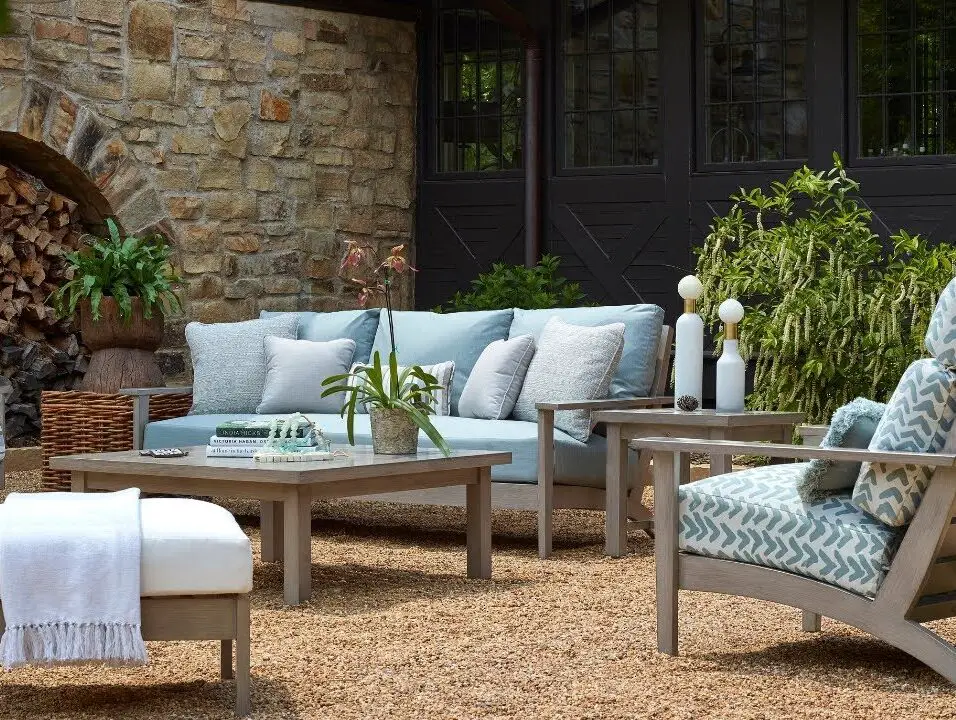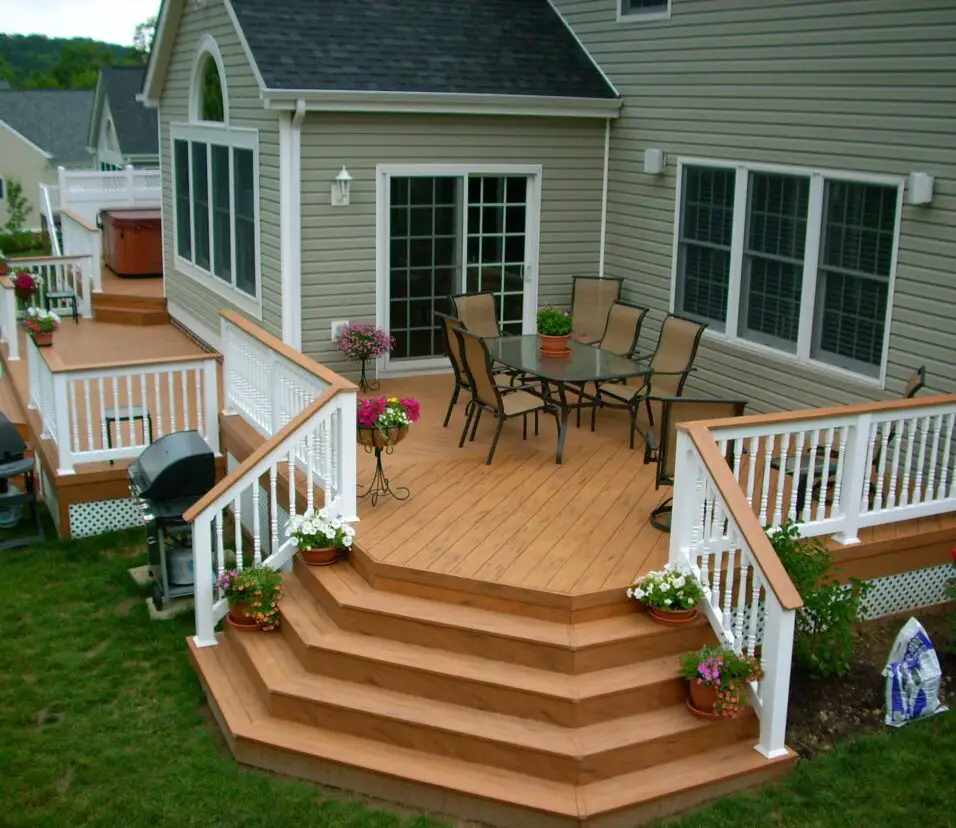How To Fix Patio Umbrella
Introduction
How To Fix Patio Umbrella: These may include broken ribs or struts, a damaged or torn canopy, a malfunctioning tilt or crank mechanism, loose or broken finials, and more. Understanding the root cause of the issue is crucial for an effective repair. Next, we’ll delve into the tools and materials you’ll need to carry out the repairs. Don’t worry; you won’t need a fully equipped workshop! With a few basic tools and readily available replacement parts, you’ll be well-equipped to tackle most patio umbrella problems.
The entire process, making it simple and straightforward. You’ll learn how to disassemble the umbrella safely, diagnose the problem, and implement the necessary repairs. Along the way, we’ll offer tips and tricks to make the process smoother and more fix cracks efficient. Additionally, we’ll cover some valuable maintenance tips to prolong the lifespan of your patio umbrella and prevent future issues.
By understanding how to care for and protect your umbrella from the elements, you can save yourself from future repair headaches. Remember, fixing your patio umbrella not only saves money but also reduces waste, contributing to a more sustainable lifestyle. Furthermore, the satisfaction of restoring a beloved outdoor accessory to its original glory is immeasurable.

Does a patio umbrella need a base?
Most umbrellas need a base; putting an umbrella in a hole in your table will not work, especially if there is wind. Not every outdoor umbrella is the same! You can choose from different fabrics, frame materials, lift ways, tilt features, and canopy styles.
A base is important for an outdoor umbrella because it keeps it stable. As a balance, the base keeps the umbrella from falling over in the wind or from other outside forces. Lack of a stable base makes your umbrella more likely to fall over, which could damage the umbrella or nearby furniture and put people in the area in danger.
The weather outside isn’t always predictable, and strong gusts of wind are typical in many places. A strong base helps the umbrella stay put on the ground, so it’s less likely to get blown away. A lot of patio umbrella bases are made with weights or anchor points that let you add water, sandbags, or even connect the base to the ground to make it more windproof.
Putting your umbrella on a base keeps it from getting hurt by wind and keeps it from wearing out too quickly. An umbrella may sway or lean if it is left to stand without the right support. This puts extra stress on the frame and covering. This can damage the structure of the umbrella over time and make it less useful generally.
A good base is important for more than just functionality; it can also make your patio set look better. Patio umbrella bases come in many shapes, sizes, materials, and designs, so you can match them to your outdoor decor and make the whole area look good.
How do you fix a push button umbrella?
- Step 1 How to Fix a Button on an Umbrella.
- Remove the umbrella handle by pushing on the eject push-up button.
- Place a thin malleable metal in between the button’s connection to the metal projection.
- Apply permanent adhesive to secure the thin metal to the button’s walls.
The first thing you need to do to fix a push-button umbrella is figure out what the problem is. Problems that happen a lot are the button not engaging or disengaging, the umbrella not opening or closing easily, or the umbrella getting stuck in one place. You can figure out the right way to fix a problem by identifying it.
Carefully check the push-button device for any damage, debris, or things that could get in the way. Sometimes, dirt, sand, or other things can build up around the button and stop it from working right. There might be dirt or dust around the button. To clean it, use a soft brush or compressed air.
If you don’t grease the push-button device, it may get stiff or stick over time. Put a little silicone-based lube or silicone spray on the button and the area around it. By moving the button back and forth a few times, you can spread the oil out and make it work better.
There is a small spring inside the push-button device that makes it work. The button might not work right if the spring is broken or not lined up right. Check the spring for damage, and if it’s found, replace it with one that works with the machine.
What are the parts of an umbrella?
The umbrella is a simple device. The top cover is made of a material that doesn’t get wet, like polyester, nylon, or pongee. Under the canopy, there are thin, bendable wires called ribs that give it support. The handle, stretchers, springs, and the rod are some of the other parts.
The canopy is the part of the umbrella that stands out the most. It’s the fabric that goes over the frame and protects us from rain or sun. Canopies are usually made of polyester, nylon, or linen, and they are coated to keep water out or block UV rays for extra safety.
The framework that gives the umbrella its shape and supports the cover is made up of the ribs. The ribs go from the center pole to the edges of the roof. They are usually made of steel, fiberglass, or aluminum. As for how many ribs an umbrella has, most of them have between six and eight.
Short bars called stretchers connect the ribs to the main hub. They are very important for keeping the ribs stable and properly spaced, which keeps the umbrella’s shape and makes it easy to open and close.
The central hub is what keeps the ribs together and links them to the shaft inside out. It’s what makes the umbrella open and close, and the cover can grow or shrink depending on your needs.
The shaft is the long, round stick that goes from the handle to the middle hub. The main support for the whole roof is this. Shafts are usually made of metal or plastic, and some umbrellas may have telescoping shafts that let you change the height.
What is the top of an umbrella called?
Ferrule: The very tip or top of the umbrella, above the canopy, is the ferrule. Ferrules can be plain or decorative and can double as a walking stick or sometimes a weapon.
There are a lot of different umbrella types to choose from because the canopy comes in many different sizes, shapes, and materials. Canopies usually come in a circle shape, but they can also be square, rectangular, or even oval, based on how the umbrella is made.
The cover can be made of polyester, nylon, microfiber, vinyl, or other fabrics that have been treated with water-resistant coatings to keep the inside dry when it rains. Some canopies are also made to block UV rays, which are dangerous to us and keep us safe on sunny days.
When you open the umbrella, the cover is attached to the ribs, which are what give it its shape. The umbrella’s ribs run from the center hub to the edges of the canopy, giving it strength and structure. Different umbrellas have different numbers of ribs. Most have between six and eight ribs, but some may have more for bigger or stronger designs.
The canopy can be used for useful reasons, but it can also be used to express creativity and style. A lot of umbrellas come in different colors, patterns, and styles, so people can show off their own style and match their umbrellas to their clothes or outdoor decor.
Umbrella canopies can also be personalized or marked with logos, which is why businesses and groups like to use them as promotional items.
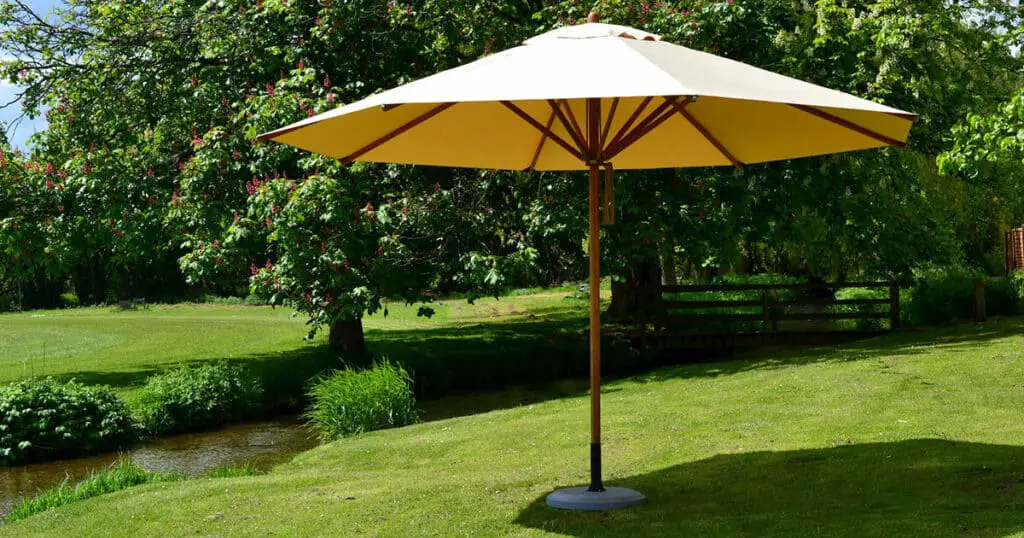
What are patio umbrellas for?
A patio shade is a great way to spend lazy summer days and nights. It keeps you dry when it rains quickly and keeps you out of the sun. A good patio umbrella has a strong cover that can handle rain, wind, and sun. It also has strong arms and a pole.
One of the main reasons people use outdoor umbrellas is to block the sun’s harsh rays and provide shade. The umbrella’s canopy provides a cool and pleasant area to sit and chat, even on the hottest days, whether you’re having a leisurely lunch, reading a book, or throwing a party.
It’s not just the sun that patio umbrellas protect you from; they also protect you from other weather conditions. People can stay outside and enjoy the cool drizzle when it’s raining lightly because an open patio umbrella will keep you dry.
Patio covers are great for places to eat outside, like on decks, patios, or in restaurants. They make dining outside more comfortable by keeping people out of direct sunlight. This makes the meal more enjoyable and increases the number of hours that outdoor seating can be used.
Sunlight can fade and break down outdoor chairs and cushions over time. Patio umbrellas protect your outdoor furniture by blocking UV rays and giving your furniture shade. Plus, they make your outdoor furniture last longer.
Patio umbrellas come in many colors, patterns, and styles, so you can pick one that goes with your outdoor decor and gives your space a stylish touch. They can be the center of attention or just nice touches that tie your outdoor space’s design together.
What material is best for patio umbrella?
Sunbrella
Many people choose Sunbrella for their outdoor cantilever umbrellas because it is long-lasting, doesn’t stain, and doesn’t get damaged by the weather. Acrylic is soft and light, and it’s easy to dye it bright and colorful colors. This material doesn’t shrink or wrinkle easily and stays in good form.
Polyester is often used for patio umbrella covers because it is cheap and can be used in many ways. It doesn’t absorb water and can successfully keep light rain and moisture away. But it might not last as long as other materials, and it might fade or break down faster if it’s in the sun for a long time.
The synthetic fiber olefin is known for not fading, mildew, or getting wet. It is a strong and inexpensive material that is often used to make outdoor linens, like patio umbrella covers. Olefin keeps its color well and can stand up to the weather, so it can be used in a wide range of conditions.
Acrylic cloth is the best for patio umbrellas because it doesn’t fade or absorb UV light and doesn’t let water in. The color won’t fade even after being in the sun for a long time because the material is strong. Acrylic patio umbrellas are a great buy for people who want high-quality looks and long-lasting performance.
How long do patio umbrellas last?
A good outdoor umbrella will last for a long time. When Poggesi makes patio umbrellas out of canvas fabric from Sunbrella®, the guarantee only lasts for ten years. Powder-coated aluminum makes up the frame of Poggesi umbrellas, and the cables and bolts are made of stainless steel so they last a long time.
The duration of a patio umbrella depends a lot on the quality of the materials that were used to make it. Better fabrics, like acrylic or Sunbrella®, and strong frames made of metal or fiberglass are more likely to last longer and stand up to the weather than cheaper ones.
Putting the outdoor umbrella out in different kinds of weather can shorten its life. Over time, harsh weather like direct sunlight, heavy rain, strong winds, or other factors can wear down things. Patio umbrellas that are used in places with extreme weather might not last as long as those that are used in places with milder weather.
To make an outdoor umbrella last longer, it needs to be taken care of regularly. This includes cleaning the cover to get rid of mold, dirt, and other things that can damage the fabric over time. Making sure the frame doesn’t have any rust or rusting and lubricating any moving parts will also help the umbrella work well and keep it from getting damaged too soon.
A patio umbrella will last longer if it is stored properly when not in use or during the off-season. Keeping the umbrella inside or under a safe cover will keep it out of the weather and less likely to fade, break, or get damaged.
What is the best waterproofing for patio umbrella?
Patio Cover and Tent Waterproofing Spray
When it comes to protecting your outdoor covers from water and stains, Star Brite’s waterproofing spray is a solid all-around option. It works well on patio and deck furniture, umbrellas and outdoor gear. Plus, it offers UV protection to keep your gear in tip-top shape.
Fabric sealants are similar to waterproofing sprays but provide a more robust and long-lasting protection. These sealants penetrate the fabric fibers, creating a waterproof barrier from within. They are effective in preventing water absorption, and some may offer additional UV protection to safeguard against fading caused by sun exposure.
Silicone-based waterproofing products are widely used for outdoor gear and textiles. They can also be applied to patio umbrella canopies to create a water-repellent surface. Silicone forms a hydrophobic layer that beads water and allows it to roll off the fabric, keeping the canopy dry.
For a more thorough and long-lasting waterproofing solution, consider seeking professional waterproofing services. Some companies specialize in treating outdoor fabrics, including patio umbrella canopies, with industrial-grade waterproofing agents. These treatments offer superior protection and may last for several seasons before requiring reapplication.
When purchasing a new patio umbrella, consider choosing one that comes with pre-treated waterproof fabric. Some premium-quality umbrellas, especially those made with Sunbrella® fabric, are already designed to be water-repellent and may not require additional waterproofing.

Conclusion
The time to repair your patio umbrella can be highly rewarding. Not only does it save you money, but it also contributes to a more sustainable lifestyle by reducing waste. Plus, the feeling of accomplishment you’ll experience when you see your fixed umbrella back in action is truly gratifying. You may even discover a newfound interest in DIY projects and home maintenance.
The skills you acquire while fixing your patio umbrella can be applied to other areas of your life, saving you money and empowering you to take charge of minor repairs around your home. Furthermore, repairing your patio umbrella can foster a sense of environmental responsibility. In a world where waste and disposability are prevalent, choosing to repair and reuse items showcases your commitment to sustainability.
By prolonging the life of your umbrella, you actively contribute to reducing the burden on our planet. Lastly, let’s not forget the joy of sharing your newfound expertise with friends and family. If someone you know encounters a similar issue with their patio umbrella, you’ll be able to offer assistance and help them with their repairs, spreading the knowledge and empowering others to take on their DIY projects.



